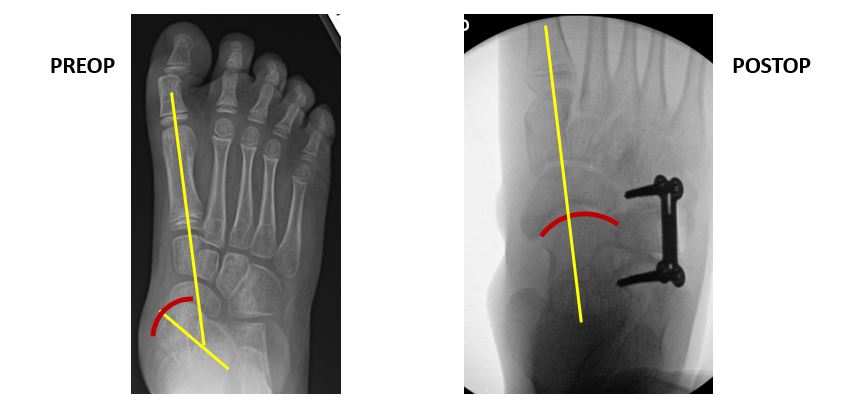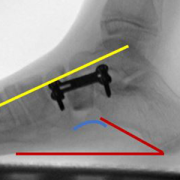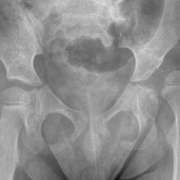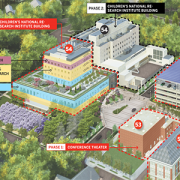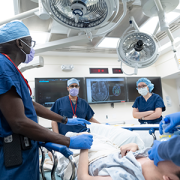Innovative internal brace augmentation improves long-term foot stability
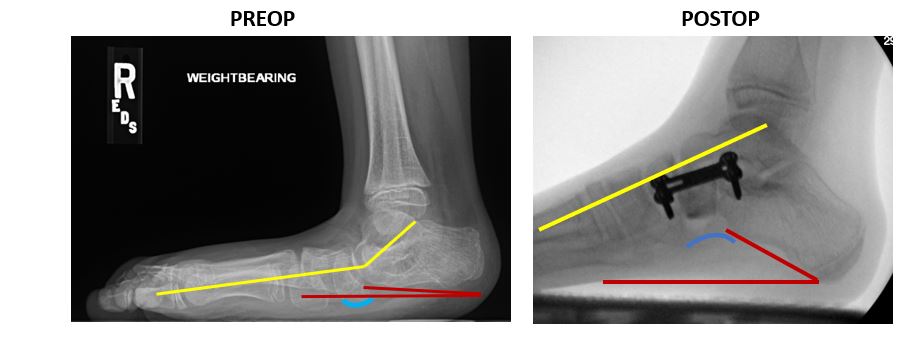 The use of internal brace (IB) augmentation leads to significantly improved long-term foot stability in flatfoot reconstructive surgery for children with cerebral palsy (CP) and pes planovalgus (flat foot) deformities, according to data presented by researchers at the American Academy for Cerebral Palsy and Developmental Medicine annual meeting.
The use of internal brace (IB) augmentation leads to significantly improved long-term foot stability in flatfoot reconstructive surgery for children with cerebral palsy (CP) and pes planovalgus (flat foot) deformities, according to data presented by researchers at the American Academy for Cerebral Palsy and Developmental Medicine annual meeting.
Moving the field forward
The study looked at 58 patients − 31 without IB augmentation and 27 with IB augmentation. Both cohorts maintained improved radiographic indices at the final 24-month timepoint. However, weightbearing radiographs for the IB augmentation group had less midfoot collapse, maintaining a statistically significant difference in all radiographic parameters two years following the index procedure.
“Internal brace augmentation is an innovative surgical technique that provides additional stability to the medial column soft tissues following lateral collateral ligament (LCL) surgery,” says lead author Sean Tabaie, M.S., M.D., F.A.A.O.S., pediatric orthopaedic surgeon at Children’s National Hospital and developer of this surgical technique.
The patient benefit
“Pes planovalgus deformities are common in children with CP and with painful progression, surgery is often indicated,” says Dr. Tabaie. “This procedure will help prevent mid-foot collapse and better maintain long-term foot shape when weightbearing.”
This novel surgical technique helps to maintain proper biomechanical orientation of the foot following LCL for correction of a pes planovagus foot deformity in the ambulatory pediatric CP population. Patients who received IB augmentation demonstrated consistently better radiographic parameters, including talar-first metatarsal angles and talonavicular coverage angles compared to those who underwent surgery without IB augmentation.
Children’s National Hospital leads the way
Children’s National demonstrates leadership in this area through its involvement in innovative clinical research including the surgical approach outlined in this study. This work is unique for two reasons:
- Patient population: The study focuses on a specific and complex patient population—children with CP and pes planovalgus foot deformities. This highlights Children’s National Hospital’s commitment to addressing the individual healthcare needs of pediatric patients with special conditions.
- Surgical innovation: The use of IB augmentation as a surgical technique is innovative. Children’s National is at the forefront of exploring new approaches to improve outcomes and quality of life for children with CP.
